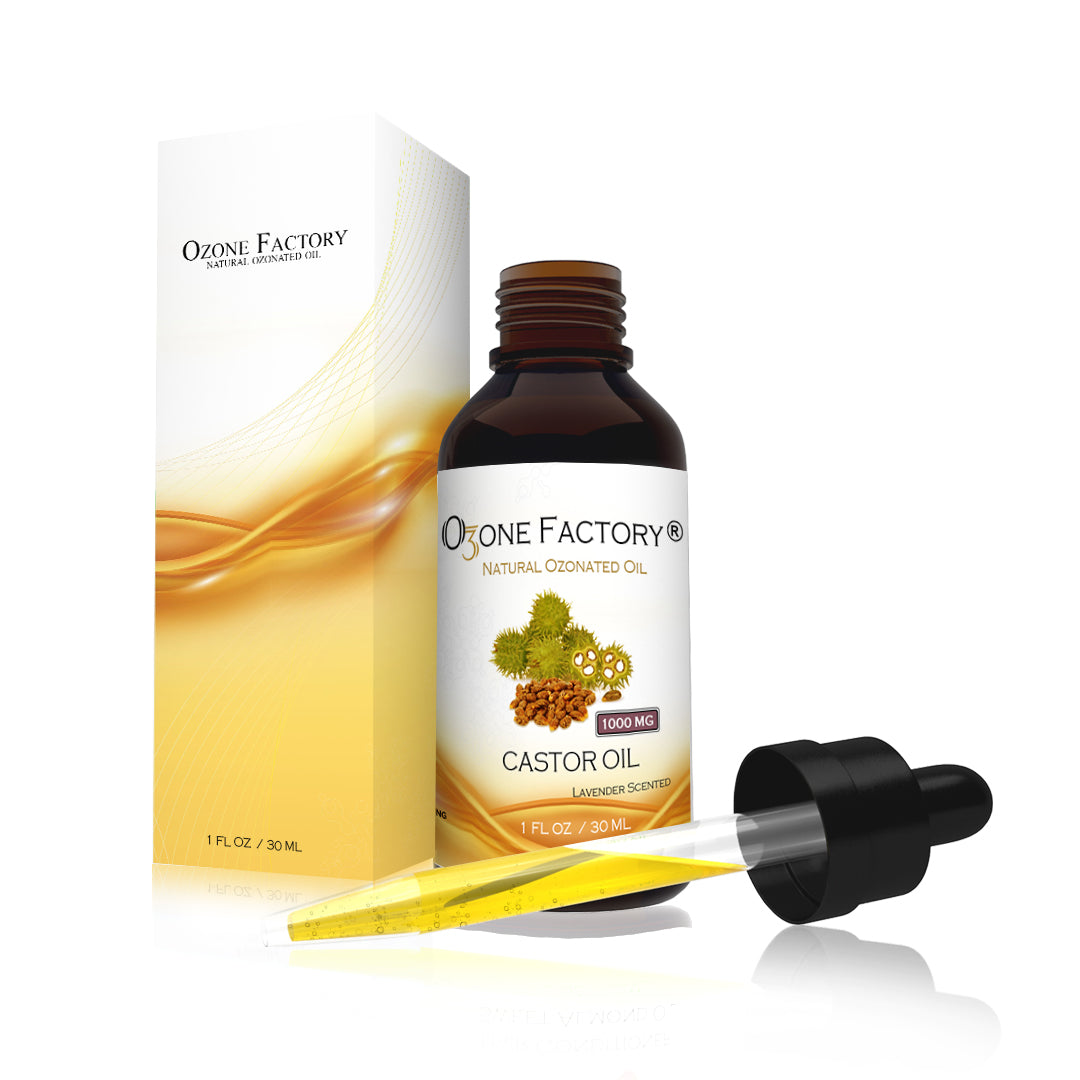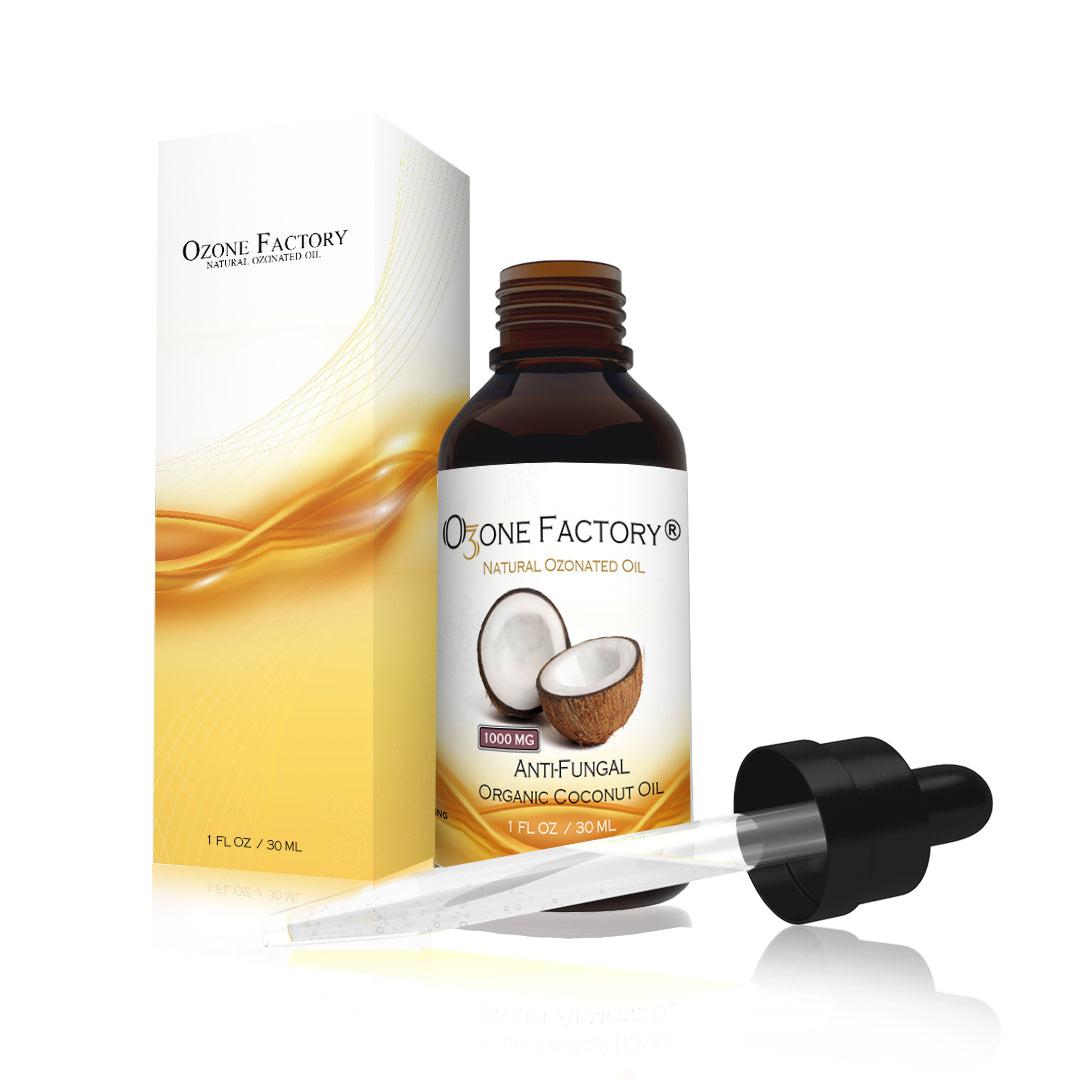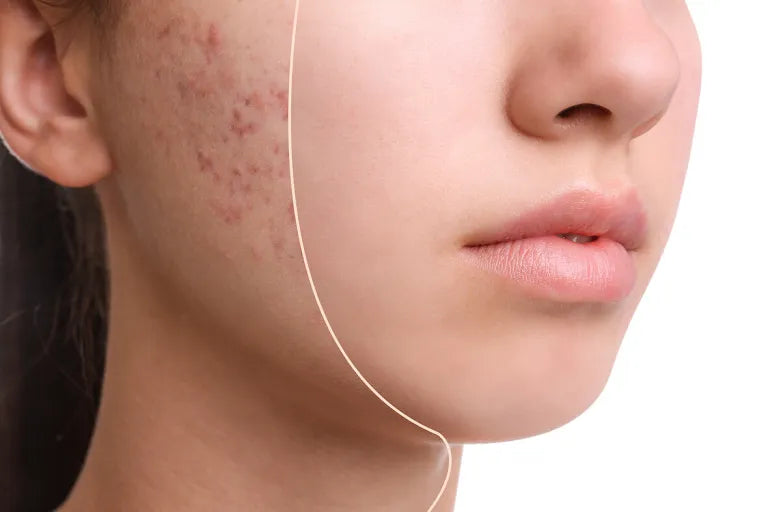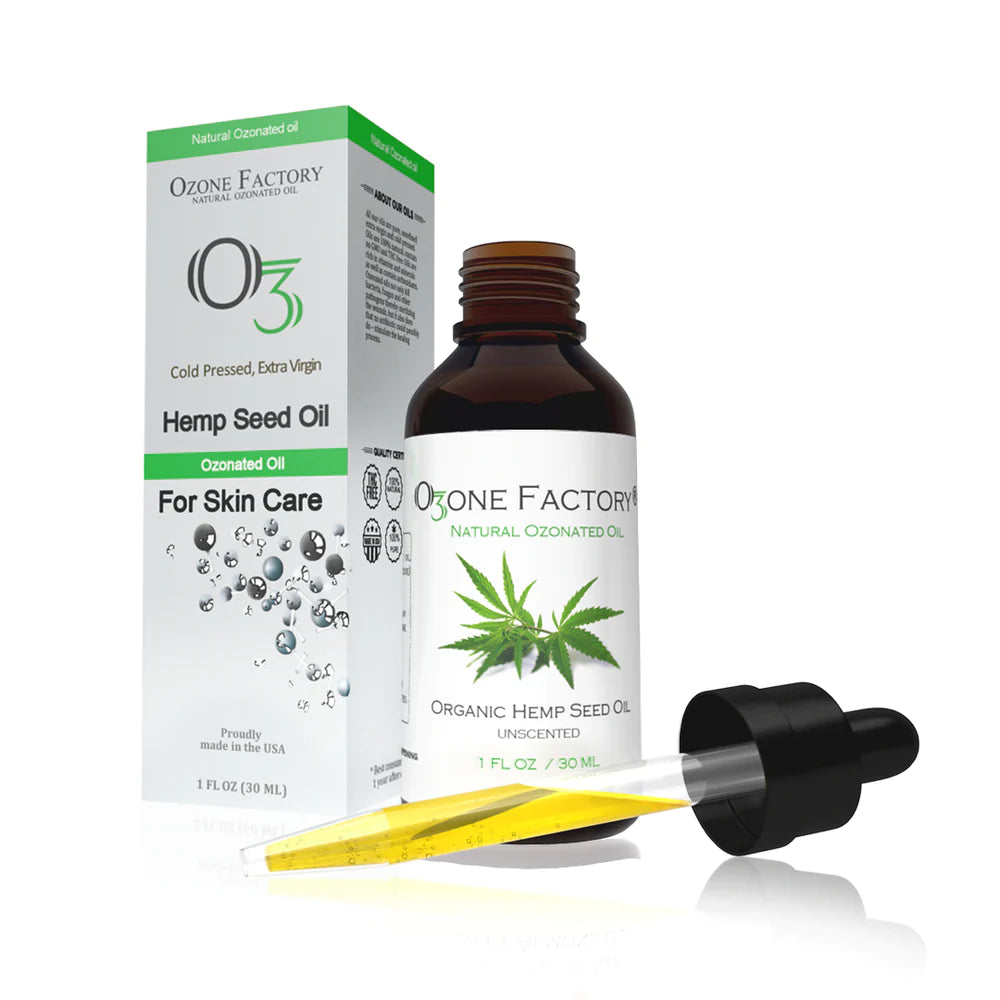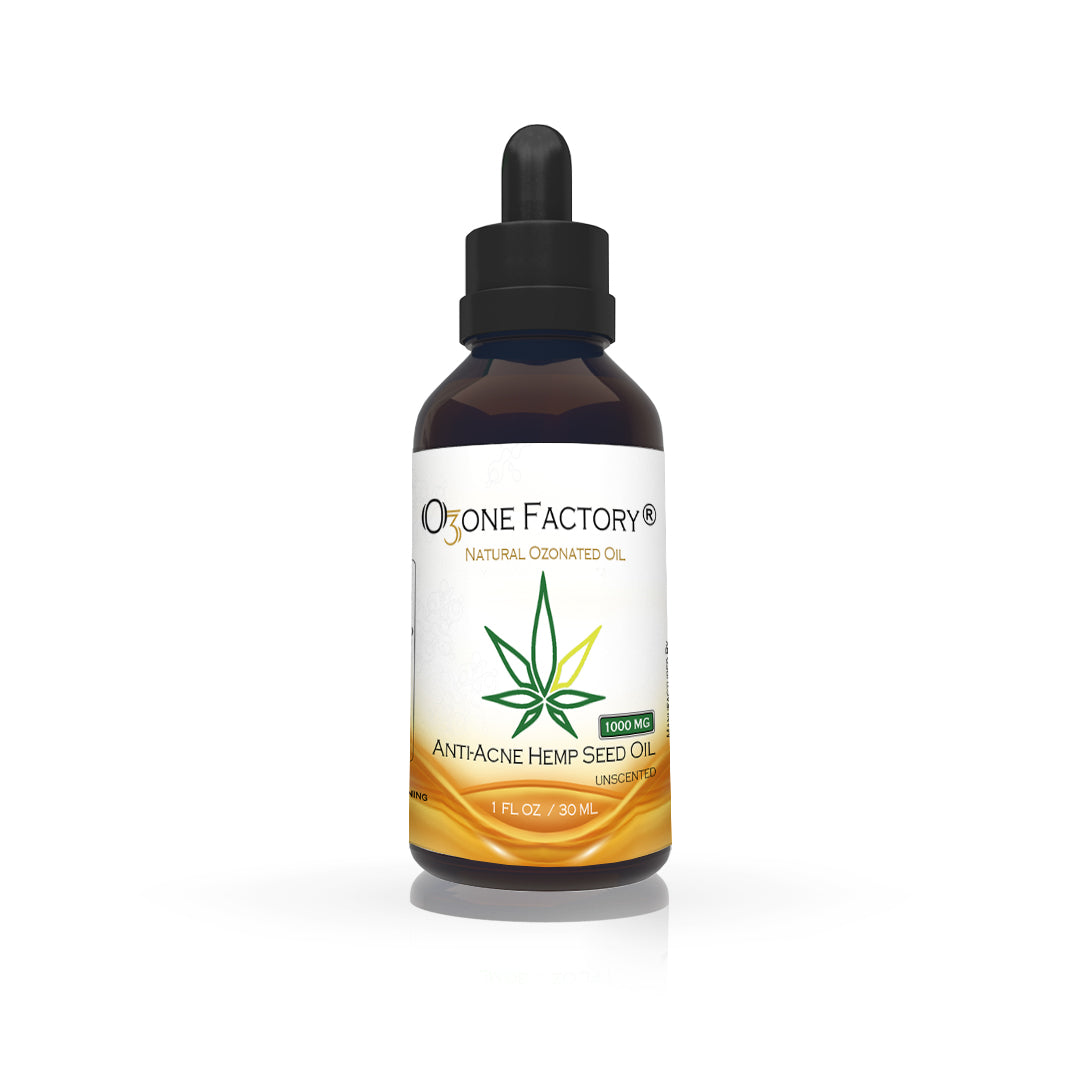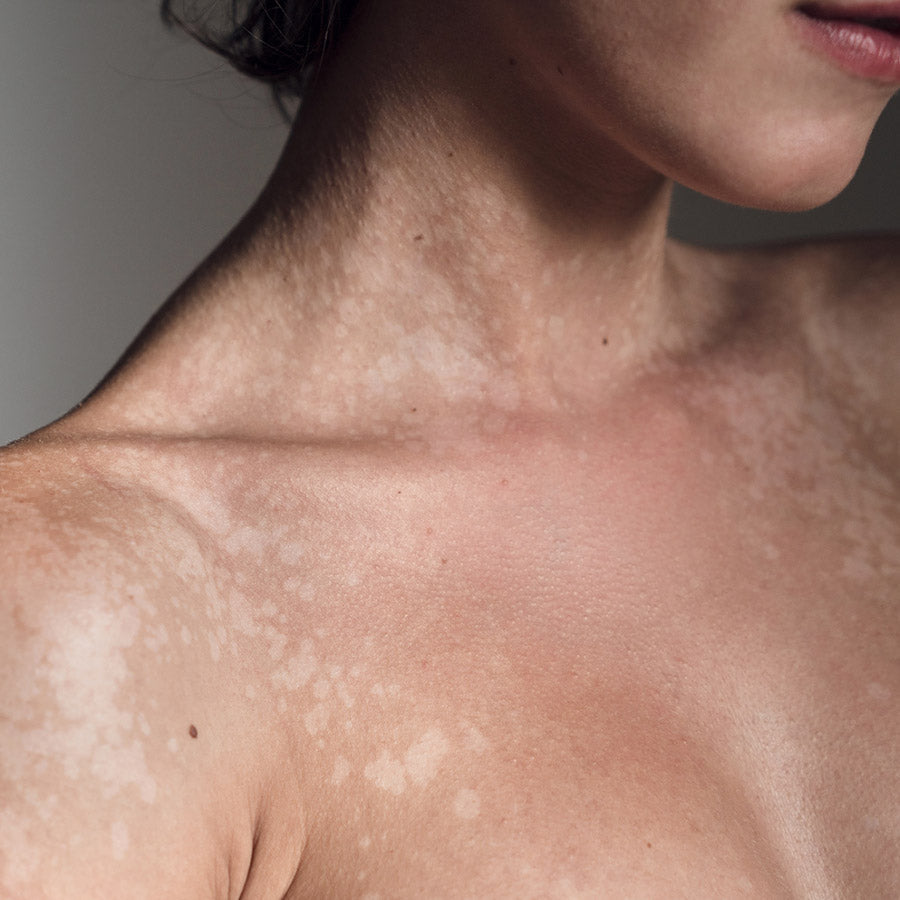
Pityriasis versicolor, also known as tinea versicolor, is a common fungal skin infection that causes discolored patches on the skin. It is caused by an overgrowth of Malassezia, a type of yeast naturally present on human skin. Although this condition is not contagious, it can be persistent and may recur, especially in warm and humid environments.
Causes and Risk Factors
Malassezia normally lives on the skin without causing problems, but certain factors can trigger its overgrowth, leading to pityriasis versicolor. These include:
- Hot and humid weather – More common in tropical climates
- Excessive sweating – Encourages fungal growth
- Oily skin – Malassezia thrives in sebum-rich areas
- Weakened immune system – Reduces the body’s ability to control fungal overgrowth
- Hormonal changes – Common in teenagers and pregnant women
- Use of oily skincare products – Can provide an ideal environment for yeast growth
Symptoms of Pityriasis Versicolor
This condition typically presents as:
- Small, round or irregularly shaped discolored patches (white, pink, red, or brown)
- Slight scaling or flaking of the affected skin
- Mild itching, though many people do not experience discomfort
- More visible patches after sun exposure, as the affected skin does not tan normally
Commonly affected areas include the chest, back, neck, shoulders, and upper arms.

Treatment Options
Treatment aims to reduce the yeast population on the skin and prevent recurrence. Options include:
1. Topical Antifungal Treatments
- Ketoconazole, clotrimazole, miconazole, or terbinafine creams or shampoos
- Selenium sulfide or zinc pyrithione shampoos, applied to affected areas
2. Oral Antifungal Medications
For severe or recurrent cases, doctors may prescribe:
- Itraconazole or fluconazole tablets
3. Natural Remedies: The Role of Ozonated Oil
Ozonated oils, such as ozonated olive oil or ozonated coconut oil, offer a natural alternative for treating pityriasis versicolor. These oils are infused with ozone, enhancing their antifungal, antibacterial, and healing properties.
Benefits of Ozonated Oil for Pityriasis Versicolor
✅ Antifungal Action – Ozonated oil disrupts the fungal cell membranes, reducing Malassezia overgrowth.
✅ Anti-Inflammatory Effects – Helps soothe redness and irritation.
✅ Skin Healing – Stimulates oxygen supply to the skin, promoting regeneration.
✅ Non-Toxic and Natural – A safer alternative to synthetic antifungals, suitable for sensitive skin.
How to Use Ozonated Oil for Pityriasis Versicolor
- Cleanse the affected area with a mild, pH-balanced cleanser.
- Apply a small amount of ozonated oil directly to the patches, gently massaging it in.
- Leave it on overnight for maximum absorption.
- Repeat daily until symptoms improve.

Prevention Tips
To reduce the risk of recurrence:
- Keep the skin clean and dry.
- Avoid excessive use of oily lotions or creams.
- Wear breathable clothing, especially in hot climates.
- Use an antifungal shampoo on the body once or twice a month if prone to recurrence.
Conclusion
Pityriasis versicolor is a harmless but bothersome skin condition that can be effectively managed with antifungal treatments. Ozonated oil provides a natural, chemical-free alternative with antifungal and healing properties, making it a valuable addition to skincare routines. With proper treatment and preventive care, this condition can be controlled, ensuring healthy and clear skin.

